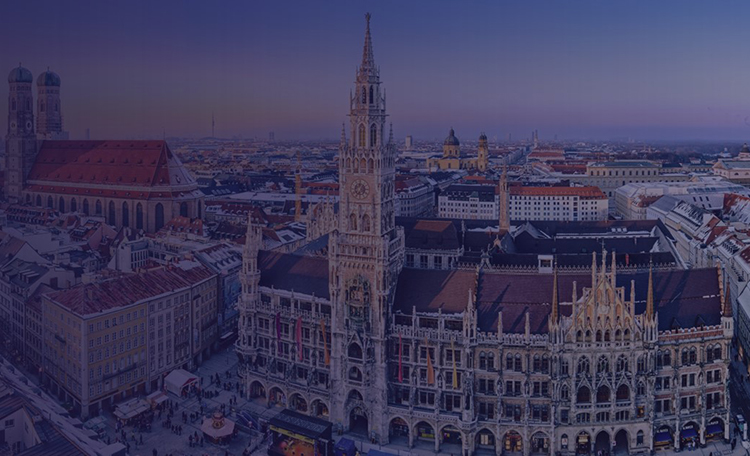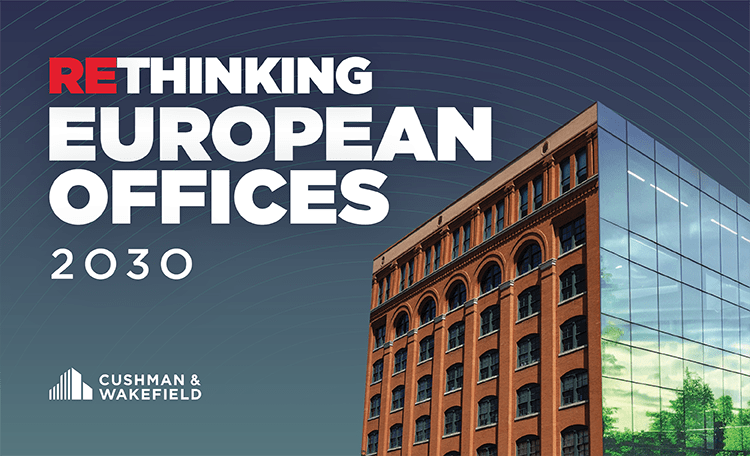- Rents and purchase prices in the top 7 rose by 4.0% and 3.0% respectively
- Rental supply increases slightly, purchase supply rises significantly
- Financial burden of renting and buying eases slightly
- Prime yields for multi-family properties mark a turnaround: prices for first-class products are rising again
The residential property market in Germany's seven largest cities saw positive development in the second quarter of 2025. Despite ongoing economic weakness and a decline in completions, demand remains high, which is reflected in rising rents and a slight upturn in purchase prices. This is according to the latest "Marketbeat Residential Germany Top 7 – Q2 2025" report by Cushman & Wakefield.
Rents continue to rise – existing flats catch up
Asking rents rose by an average of 4.0% year-on-year. While growth was above average in Hamburg (+8.7%), Düsseldorf (+7.6%) and Frankfurt (+6.9%), the rise in rents in Munich (+3.4%) and Stuttgart (+3.8%) was somewhat more moderate, albeit above the inflation rate. In Berlin, the total asking rent fell slightly (-1.8%), although rents for existing properties still rose minimally (+0.6%). The median rent for existing flats in the top seven cities was €16.35/m² and rose by 4.5%, which was higher than in the new-build segment (+2.4%), indicating an increasing convergence of price levels. In new construction, the prime rent reached €30.00/m² and the median rent €21.95/m².
Purchase prices show slight upward trend
After declining until early 2024, purchase prices for condominiums rose slightly again. In the second quarter of 2025, they recorded growth of 3% year-on-year in the top 7 cities. While existing prices, at £5,865/m² (+3.7%), are still a good 4% below the peak reached in Q2 2022, new-build prices reached a new high of £9,135/m² (+3.1%). Düsseldorf (+8.9%), Cologne (+6.5%) and Munich (+4.9%) saw particularly dynamic growth. The recovery in Hamburg (+3.0%) and Berlin (+2.7%) was more subdued, while the market in Frankfurt (0.0%) stagnated.
Jan-Bastian Knod, Head of Residential Investment Germany and Head of Healthcare Advisory at Cushman & Wakefield: "Due to the weak economy, declining immigration figures and high construction costs, we expect moderate rent and price growth for the rest of the year. In the medium to long term, however, pressure on rents is likely to increase again, as an expected economic recovery from 2026 onwards will coincide with a significant decline in completion figures."
Supply recovers slightly – demand remains high
The number of rental property listings rose by 17% to 7.3 per 1,000 existing properties, but remains below the 10-year average (8.7). Supply remains particularly tight in Berlin (6.3), Hamburg (6.6) and Munich (6.8). In the purchase segment, the number of existing listings has increased significantly compared to the previous year (22%), reaching a 10-year high of 8.1 listings. It is worth noting that the supply of properties for sale in Berlin and Munich is significantly higher than the supply of rental properties. In the capital, the supply surplus was around 35%, and in Munich it was as high as 55%.
Affordability improves slightly
Thanks to rising household incomes, the financial burden of renting and buying has eased slightly in mathematical terms. The rental burden for an 80 m² flat in a new building is 34.4% of net household income, and 25.6% for existing flats. For buyers, the monthly burden for a new-build flat is 52.6% and for an existing flat 33.3%. The required equity capital, including ancillary costs, currently amounts to 3.6 times (new-build) or 2.3 times (existing) the average annual net income.
Investment market shows recovery
"The investment market for residential property showed a significant upturn in the first half of 2025. Large-volume portfolio transactions have returned, signalling increasing liquidity and greater confidence in the market. A trend reversal is marked by the prime yield for multi-family houses, which has fallen slightly to 3.81% on average in the top 7 for the first time since the interest rate turnaround. Driven by robust rental growth and increasing supply shortages, prices for prime products are rising again. The recovery of the investment market is likely to continue overall, but remains dependent on economic developments and financing conditions," says Jan-Bastian Knod.






